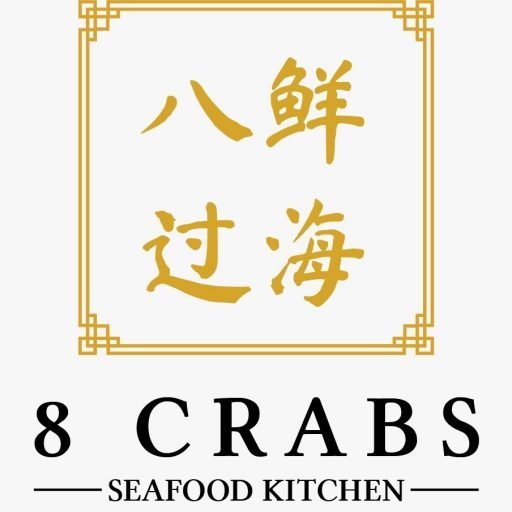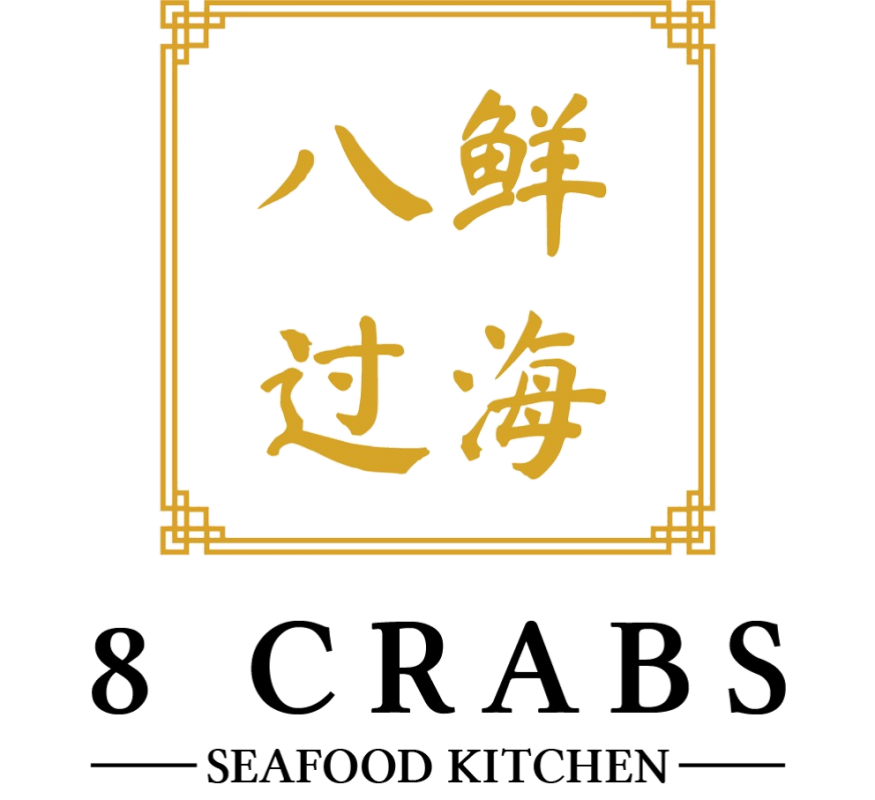No products in the cart.
Blog
Types of Crabs in Singapore And The Differences Between Them
Seafood is a national favorite in Singapore. From humble hawker centres to posh five star hotels, you’ll find seafood of many kinds. Among the many seafood items you’ll see in Singapore are crabs.
Crabs are a treat and often eaten for special occasions. However, Singaporeans have been known to eat crabs even on normal days, as they’re readily available as a street food too.
In Singapore, you’ll find many types of crabs flown in from all over the world. Both frozen and fresh crabs find their way into our restaurants, cafes, hawker centres and fine dining establishments. Here are some of the most common crabs you’ll see and the differences between them:
Alaskan King Crabs
Alaskan King Crabs are native to the northern Pacific Ocean and are one of the heaviest edible crabs available. You can recognize them by their long leg span, which can reach up to 1.8 meters in length.
Alaskan King Crabs have rather spindly and thinner claws than other crabs but are prized because of their huge carapace ( body shell) which can reach up to 11 inches wide.
There are generally three types of Alaskan King Crabs caught in the wild. The Golden King Crab, Blue King Crab and Red King Crab. Out of all these, the Red King Crab is the most prized and is recognizable by its giant front pincers.
The Red King Crab is also the most costly crab on the market today. This is because it has the juiciest and most flesh out of all the Alaskan King Crabs available.
Blue King crabs can be recognized by their navy blue, glossy shells. When cooked, Blue King Crabs nevertheless turn orangish red just like the other types of Alaskan King crabs,
The most common Alaskan King crabs on the market are Golden King crabs. These crabs look similar to the Red King crabs in terms of their color. However, you’ll be able to tell them apart by their thinner front pincers and smaller claws overall.
Due to their juicy claws, Alaskan King crabs can be cooked in a variety of ways. In Singapore, King crabs are cooked as chili crabs, black pepper crabs, salted egg crabs and butter crabs among others.
You can find Alaskan King crabs at No Signboard Seafood Restaurant where you can buy them according to their weight.
Black pepper Alaskan King Crabs. Source: No Signboard Seafood
Snow Crabs
Snow crabs also have very long claws, but have a slightly smaller carapace compared to King Crabs. To the untrained eye, they may even look the same.
Snow crabs come from the northwest Pacific ocean and Northern Atlantic waters. Snow crabs are sometimes also called Queen Crabs, as they’re only second in size to King Crabs.
Snow crabs are valued for their sweet and juicy meat. Their long legs carry an abundance of this juicy flesh and are often sold separately from the carapace.
Snow crabs are most commonly found in Japanese restaurants, where they’re eaten as sashimi dipped in soy sauce.
One place that serves up Snow Crab claw sashimi is Guenpin Fugu & Snow Crab Japanese Restaurant on Maxwell Road.
Snow crab is most commonly served as sashimi. Source: Guenpin Fugu & Snow Crab Japanese Restaurant
Hairy Crabs
Hairy crabs are instantly recognizable by their distinct claws, which are covered in dark fibres that resemble hairs. These crabs are also known as mitten crabs, as they look like they’re wearing hairy mittens.
Hairy crabs, unfortunately, are not available all year round. They are seasonal and only available in autumn, which is around September to November every year. They are caught off the coast of the Fujian province in China every autumn.
The locals in the area consider them to have a cooling effect and when they migrated to Singapore, they brought the practice of eating hairy crabs along with them.
Hairy crabs aren’t very large, and most of them are palm-sized. Their flesh is naturally juicy and sweet, meaning they don’t need much seasoning when cookes. That is why Hairy Crabs are mostly steamed and eaten plain.
Many classy hotel restaurants serve Hairy Crans towards the end of the year, and one of these places is MinJiang at Goodwood Park hotel.
Hairy crabs are mostly eaten steamed. Source: Min Jiang
Sri Lankan Mud Crabs
Sri Lankan Mud Crabs are one of the most common crabs used to cook the signature Singaporean dish, chili crabs. Sri Lankan mud crabs are a favorite because they are available all year round.
Unlike the other crabs on this list, Mud Crabs don’t live in the ocean. Instead they live in the mangrove forests and have to be fished out of their nests using long rods.
Mud Crabs have distinctly large front pincers, which provide a lot of succulent flesh with which you can use to soak up sauces. They also vary quite widely in size, with medium sized crabs weighing about 500g all the way to extra large crabs weighing up to 2 kg.
In this way, Mud Crabs are really versatile and they’re cooked in a wide variety of ways. Apart from just chili crabs, you’ll find them served as black pepper crabs, beehoon crabs, salted egg crabs and more.
One of the best places to find fresh and juicy Sri Lankan Mud Crabs is online at 8 Crabs. Here you’ll be able to order these crabs any day of the week and have them delivered right to your door within one hour.
All the mud crabs at 8 crabs are imported live, and any dead crabs are discarded. This means that you’ll only receive the freshest crabs as part of your meal. At 8 Crabs, you can also order your crabs together with a set meal that features dishes like yang Zhou fried rice, Ngor Hiang, prawn paste chicken, and ManTou to scoop up any delicious sauce on the crabs.
Mud crabs have large front pincers that soak up sauces very well. Source: 8 Crabs
No matter which crabs you like, it’s best to try them all at least once first. This way, you can diversify your palate and be as adventurous as you can be. In Singapore, we’re lucky to be able to import various crabs from all over the world, so you should make the best of it.






